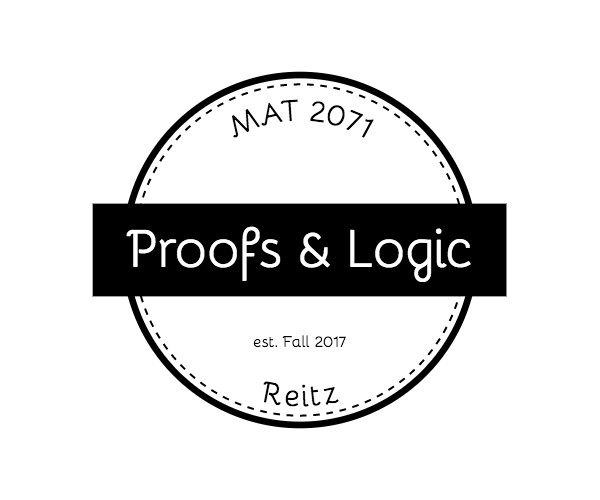Part 1.
a) Doodling in Math: Sick Number Games- https://www.youtube.com/watch?v=Yhlv5Aeuo_k
The video discussed about the different types of number games you can create just by simply looking at the different qualities of a number.
b) Fractal Fractions- https://www.youtube.com/watch?v=a5z-OEIfw3s
The video discussed how a simple a number can be simplified into a complex of fractions and still equal to the original value.
c) Hexaflexagons- https://www.youtube.com/watch?v=VIVIegSt81k
The video was about how creating a hexagon out of paper can demonstrate a pattern as you play around with it.
Part 2.
I will focus on the second video. When I first saw the video, I was a little surprised and confused about everything that was going on. Mostly because it was going all too fast. When I saw it the second time, I actually took breaks to fully understand what was going on and I was mind-blown. I couldn’t imagine something so simple can become something so complex. All due to the power of algebra. I learned that anything is possible as long as you follow the rules of algebra and I mean ANYTHING. Two questions come to mind after watching this video. 1: why don’t teachers demonstrate these mind-blowing facts to students? 2: is there a special case when this wouldn’t work? Or will it always work?
Part 3
This video might’ve not had the typical classroom vibe when it comes to teaching mathematics but regardless, this video was teaching mathematics to the viewer. It definitely gets you to see a simple number in a more complex way. This video will get the viewer to start thinking of the endless possibilities a number can have. That’s something I hope to accomplish in my future classrooms, to have students see or approach a problem in their own unique way. One way I can accomplish that is by letting students play around with concepts or by opening their minds to completely new point of views in mathematics. I wouldn’t want students to follow everything like robots. Similar to the idea in the reading assignment Lockhart’s Lament, that students should have the opportunity to be creative in mathematics.




Recent Comments